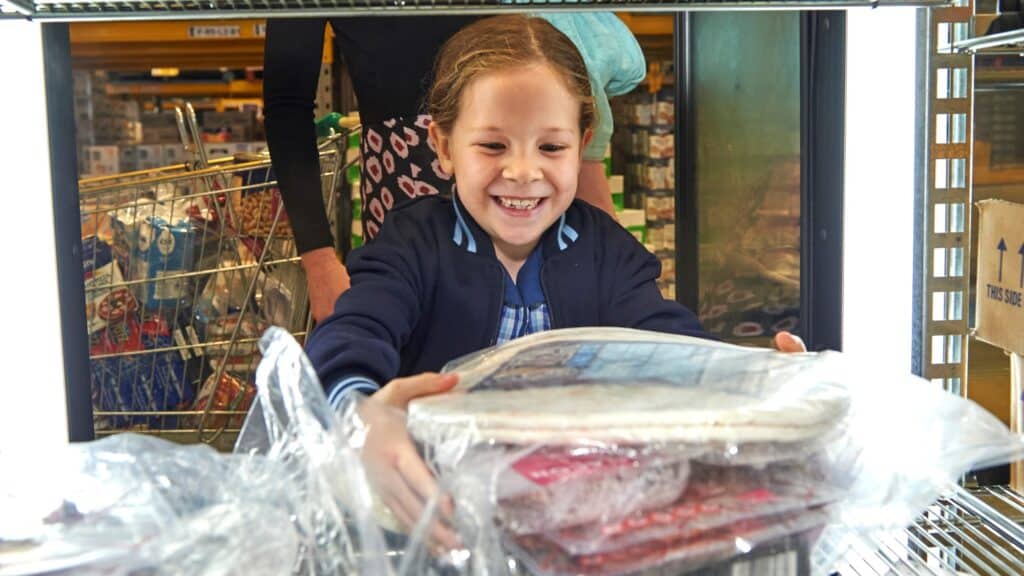The cost of living crisis in Australia isn’t much of a secret to anyone but what might shock people to know is that 3.7 million households in the country went hungry last year– that’s more homes struggling to put food on the table than all the households in Sydney and Melbourne combined.
This sobering statistic comes from the Foodbank Hunger Report 2023, released today by Foodbank Australia, highlighting the cost-of-living crisis’ real impact on the 36 per cent of Australian households experiencing food insecurity.
Research was gathered through an online survey of 4,342 Australians aged 18 years or older between 12 and 31 July 2023.

“We are fast heading towards a reality where more than half the population will know what food insecurity is because they are experiencing it themselves,” said Foodbank Australia CEO, Brianna Casey. “Almost one in two Australians have felt anxious about accessing adequate food or struggled to consistently access it.”
“In a country where we produce enough food to feed our population three times over, this should not be happening.”

The report confirms that the face of hunger is changing as well, considering those experiencing food insecurity for the first time are more likely to be younger, with mid to higher incomes.
More than half of food insecure households have someone in paid work (60 per cent), and Casey says “the housing crisis is only exacerbating the problem” as half of all renters and a third of all mortgage holders were seen as food insecure in the past year.
For 77 per cent of food insecure households, the previous 12 months was the first time they’ve experienced the pressure.

The research shows almost all (94 per cent) of these households tried to mitigate cost-of-living pressures by reducing their spending on food and grocery items– the most likely items to be sacrificed to make ends meet.
Tactics to reduce spending on food included looking for sales, discounts and cheaper alternatives as well as reducing eating out.

Nearly half said they reduced their purchasing of fresh produce and protein, in a move that the food relief charity warns may have future public health consequences.
One respondent told Foodbank Australia that when their household “ran out of the basics like bread, fruit and milk” they turned to tinned food to get them through but “it wasn’t enough to help keep the kids full”.

With this week being Anti-Poverty Week, Casey says Foodbank Australia “is advocating the Federal Government to use the Foodbank Hunger Report 2023 as a reference point in future policy settings underpinning poverty and inequality and to ensure the food relief sector is adequately resourced to respond to current and future levels of demand across Australia”.

